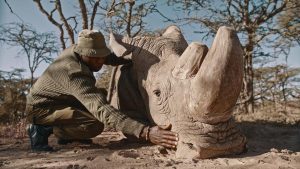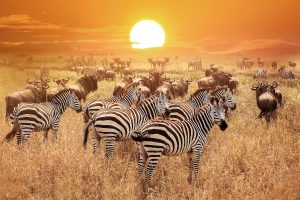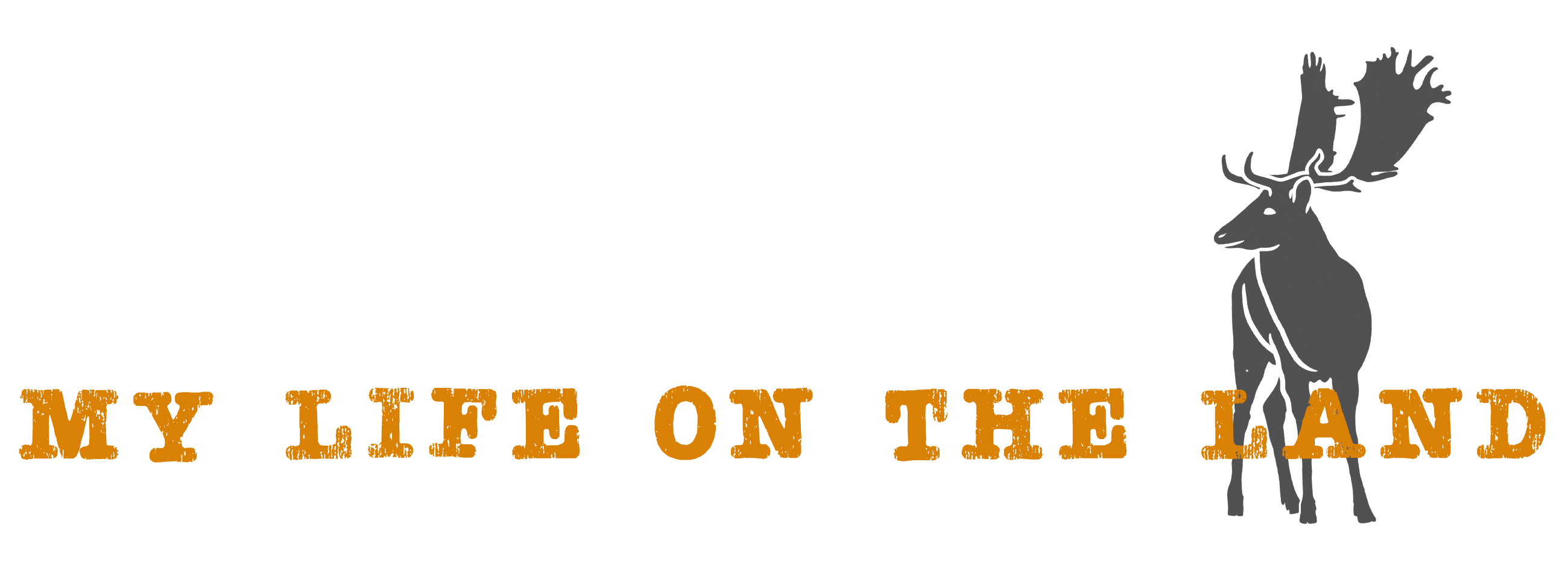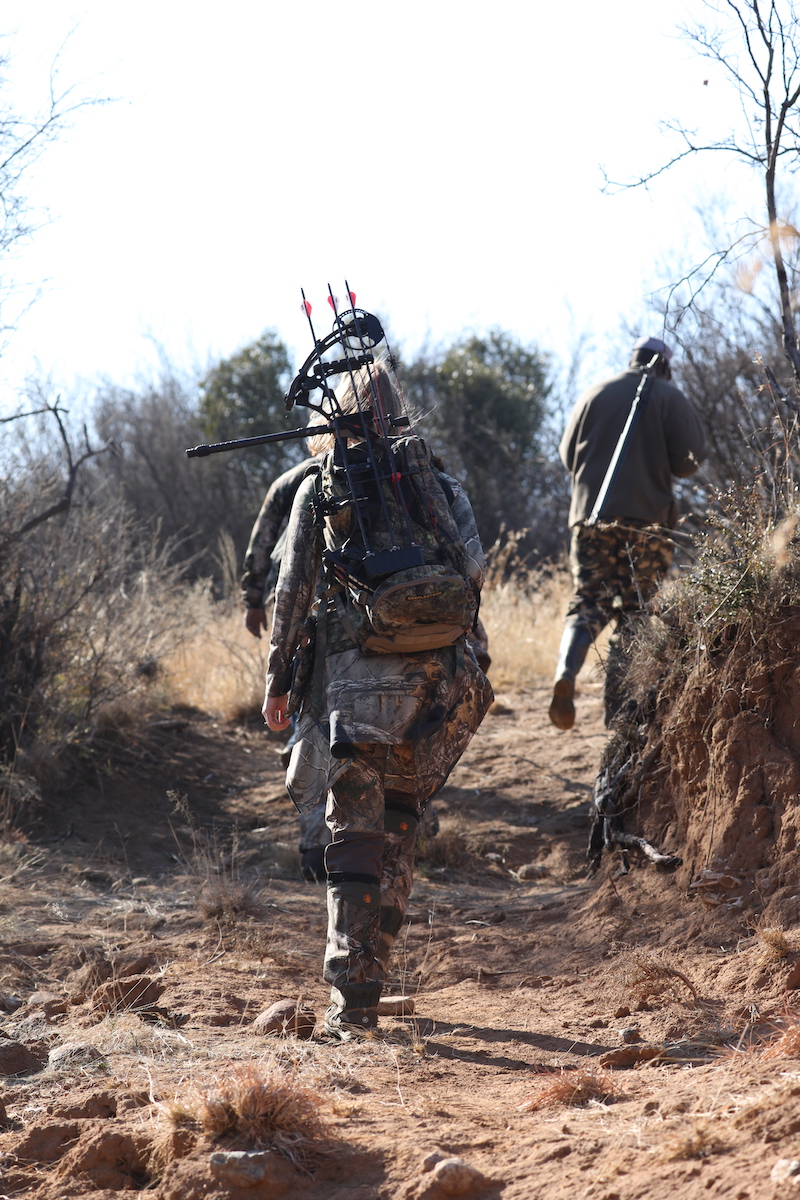There’s a common misconception among non-hunters that trophy hunting in Africa is easy; that you just get out of a car, pick the best animal in the herd, and take aim; that humans – whether they’re hunting with a rifle or a bow – somehow have an unfair advantage against the animal.
Those people have obviously never seen a nyala in action.
Ironically, I found out the hard way that nyala, in the Zulu language, translates to ‘shifty one’. And by hard way, I mean I spent four freaking long days in 30-plus-degree heat in Limpopo, South Africa discovering exactly how shifty these spiral horned antelope can be.
If the kudu has a reputation as the grey ghost, the nyala is his sneakier, wilier cousin, Caspar – easy to spot, but hard as hell to stalk in close to. In hindsight, it was probably ambitious to choose such an elusive animal for my first trophy bow hunt but you know what they say about hindsight.
Anyway, I’m getting ahead of myself.
That first morning, I headed out with such a spring in my step, convinced I’d have my first African trophy on the ground by lunch time. Within minutes of arriving at the hunting concession, I spotted a gorgeous nyala bull sunning himself on the opposite bank of a dried up river bed.

With my bow strapped across my back (thanks to my Paladin Apex rig), I stalked through the thick reeds, with Dad and Jess following just behind to film. But the one thing I didn’t take into consideration was how dry the landscape is in July, and how noisy that made our approach.
We snapped, crackled and popped our way through the arid river bed, sounding more like a herd of elephants than the stealthy hunters we were supposed to be, spooking a few nyala ewes hiding in the reeds, who in turn spooked the nyala bull before we could even get close.
The benefit of using a professional hunter, or guide, is the in-depth knowledge they have of the area, and the game. Willem knew that the nyala frequented the area, so for the next hour, we crept along the dry river bed, passing eland cows and young waterbuck.
Out of the corner of my eye, I spotted a bull and ewe about 60 metres away, running in the opposite direction. They’d spotted us before we even saw them.
We dropped down and sat below the river bank, hoping they might stop if they couldn’t see us. The bull did stop and watch warily, but he didn’t stick around.
Now I could bore you to tears by describing every single time I spotted a nyala bull and then had it run away, but let’s just borrow some technology from another medium and grab the fast-forward button…
Nyala bull. Run away. More nyala bulls. Can’t get close enough. Dead eland. African tick bite fever (check myself to make sure there’s none on me). Waiting, waiting, waiting, stalking, heat, heat, flies, heat, walking, nock an arrow, animal spooked, take it off, nock an arrow, ewes in the way, take it off, lunch, rinse, repeat, sleep.
Believe me, I just did you a favour, as this literally went on for days. Sure, we switched locations a few times, and split the group (as trying to bow hunt with five people in the field is next to impossible). We got really, really close. But no cigar.
Not even close to a cigar, or a fat lady.

Even worse, on the second day, I rounded the corner and almost fell over the nyala bull I’d been hunting. But he was already dead. For a second, I thought poachers. But he didn’t have a scratch on him. While we didn’t exactly perform an autopsy, or get out our forensic kit, our best guess is that beautiful nyala bull became the victim of a black mamba.
By late that afternoon, I was starting to feel pretty dejected. At that stage, all sorts of doubts creep into your mind, and you really begin to question your ability to bow hunt.
It wasn’t that we hadn’t seen any nyala. We’d seen dozens of them. But, for whatever reason, we just couldn’t get close enough to take an ethical shot with the bow without being spotted by the ewes, or having another animal cross our path.
When we headed back to camp, I have to admit, I may have contemplated throwing in the towel and going back to the rifle.
By morning, those doubts had only gotten worse.
The pressure was on. We were almost out of time and I had to face that gut-wrenching prospect of walking away empty handed.
Don’t get me wrong. I’ve walked away from plenty of hunts empty handed. That’s why it’s called hunting, not shopping. But I’d flown fifteen hours to get to Africa, and spent thousands of dollars getting there. An unsuccessful hunt under those conditions just feels all the more bitter.
But I finally did get close enough to take a shot on a mature nyala bull. He was 26 yards away, staring straight at me.
My heart thudding, I dropped to my belly, crawling up the side of the riverbank until I was high enough to take the shot.
Maybe it was all those doubts bouncing around in my head, maybe I didn’t have my footing right, or maybe I was so nervous that I wasn’t going to get another chance that I rushed the shot.
Whatever the root cause, my foot slipped as I took the shot and my arrow went straight over his back and embedded in a tree.

I was devastated, and could tell that my two guides, Willem and Marnus, were pretty gutted for me, so much so they suggested we spend the afternoon sitting in a hide.
I have never hunted from a hide before, and to be honest, I never thought I would. I much prefer the thrill of spot and stalk hunting. But desperate times call for desperate measures.
For the next three hours, we sat in the hide, baking in over 34C heat. It was like a sauna in there. To make matters worse, the wind was swirling, spreading our scent all over the place. Willem even tried an old African hunting trick, burning some animal dung to hide our scent.
Two young nyala bulls walked straight past the hide, but they were much too young to hunt.
In the end, with the light fading, and knowing this was my last opportunity to hunt, we made the decision to head out and do some more spot and stalk hunting up the river bed.
I have to admit. By this stage, I’d all but given up hope that I was going to get anything. But all of a sudden, a mature nyala bull ran out in front of us, stopping just on the other side of the river bank to look back at us.
Marnus ranged him in at 43 yards, and Willem gave me the nod.
I drew my bow, mentally running through what Willem had told me about shot placement.
“Aim straight up the foreleg, about one third into the body. But watch out for the hanging body hair, which can make it hard to judge distance.”
I took aim and released my arrow, just as he quartered slightly towards us.
It looked like a good shot, but in those final moments, everything happens so quickly. The nyala ran a few yards and dropped.
The elation I felt…
“Shit!”
It wasn’t me. It was Willem. In addition to his duties as guide, he’d also been given the job of filming my hunt. And apparently in the heat of the moment, he’d forgotten to press record.
Well, that sucked. But I still had my animal, so I wasn’t too upset… until we got up close and the nyala bull leapt up and took off, running like a bat out of hell.
What the…

Growing up a rifle hunter, I’d never really had to worry about an animal running away. We shoot big rifles that are very good at dropping game if not on the spot, within a few metres. So this was a whole new experience for me, and I must say, I wasn’t a fan.
Both Willem and Marnus reassured me it was a fatal shot, but I knew it was a little off the mark and, with the animal running, I was worried that I’d only injured him.
We gave chase, tracking that animal for almost a kilometre, but then he hit the reeds and we lost the trail.
In South Africa, a lot of the PHs have hunting dogs, so Willem put Guinny the Jack Russell on the trail.
We searched and searched, criss-crossing through the reeds, and back up the river bed until the last rays of sun disappeared behind the trees.
“It’s okay. We’ll come back and search again tomorrow,” Willem told me. “He won’t survive the night.”
But I’d never had to leave an animal in the field before. All I wanted to do was keep searching, but there was no light left to search by.
I spent most of the night tossing and turning. First, I worried I’d stuffed the shot so badly, I’d just injured him. Then I worried that if we did find him, he’d have been eaten by jackals. Needless to say, it was a long, sleepless night.

When Willem and I arrived back at the hunting spot, Marnus had gathered a team of seven trackers to help us find him. We let them do what they do best, focusing our attention on trying to find the arrow, which we were pretty sure had dropped out.
It was while looking for the arrow that we stumbled across the bull. He’d doubled back during the night and died on the river bed he’d obviously called home.
It’s hard to explain the raw emotions that coursed through my body. Relief that he was no longer hurting; the excitement most hunters feel on a successful hunt; but mostly a massive amount of respect for the nyala. I’d learned so much about nyala as a species during those four days. As hard as bow hunting can be, there’s something truly amazing at getting so close to the animals that you literally feel like you’re part of their herd.
Without a doubt, bow hunting that nyala bull may well have been the hardest hunt of my life, but it also takes the crown as my favourite hunt too. I’d do it again in a heartbeat.
If you want to start bowhunting, or learn more about hunting with a bow, we recommend joining a local bowhunting club, like Australian Bowhunters Association (ABA). Not only can they help you improve your skills, they are also strong advocates for the sport. The ABA has approximately 100 affiliated clubs throughout Australia, which conduct all field archery and bowhunting activities on the local level, and sponsor a variety of club activities including Club Championship events.

See also

Aussie light horse troop to assist with anti-poaching
Two members of the 7th Light Horse Troop in Gundagai will travel to South Africa to assist in training members of the wild mounted anti-poaching unit.

Do people really hunt zebra?
There’s no denying zebra are iconic to the African continent. It’s hard to think about Africa without imagining a herd of black and white striped zebra grazing across the open plains. Maybe that’s why some find it so hard to imagine why anyone could want to kill one. After all, why would anyone want to hunt a zebra? In this article, we’ll explore some of the common questions people have about hunting zebra and look at how hunting and conservation often go hand-in-hand.
Our other channels
Get our newsletter
Get our free monthly newsletter direct to your inbox
Listen on iTunes
Listen to our podcast on iTunes.
TV series
Watch I Am Hunter episodes on My Outdoor TV (MOTV)



One thought on “Tash first big bow hunt – the elusive Nyala”